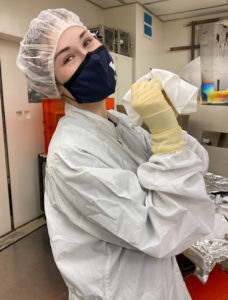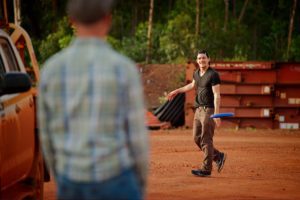Meet Mattie Bowen! Mattie is a second-year graduate student working on the Supernova Remnants and Proxies for ReIonization Testbed Experiment (SPRITE). Mattie is leading much of the integration and testing of SPRITE. SPRITE is a CubeSat, which is a very small spacecraft that orbits the Earth. CubeSats are made up of 10cmx10cmx10cm cubes, “1 U”, stacked together. SPRITE is a 12U CubeSat, so it has 2 cubes across by 3 cubes long by 2 cubes high. CubeSats are incredibly useful, as they can be made using commercially available parts, drastically reducing costs. SPRITE’s goal is to observe ultraviolet (UV) spectra of supernova remnants and nearby galaxies. Information collected will help us learn more about the history of the universe and the ‘Epoch of Reionization’, which is when neutral higher-density gas regions collapsed and began ionizing the universe and the first stars were forming after the Big Bang. During this time, stars were born and died off quickly and many supernovae occurred.
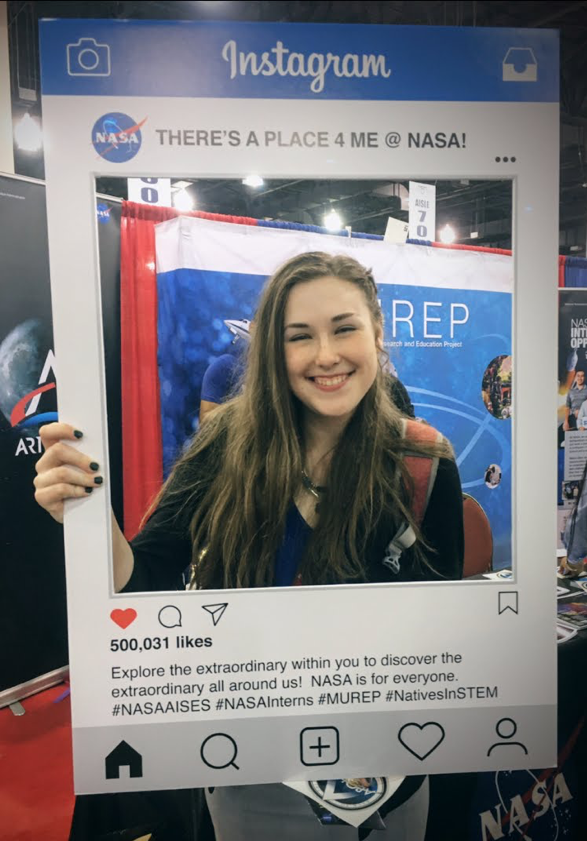
SPRITE’s design is based on the Colorado Ultraviolet Transit Experiment (CUTE), which is a 6U CubeSat. Basically, SPRITE is like two CUTE CubeSats stacked together. CUTE and SPRITE are two of NASA’s first small satellites built solely for astronomy purposes. SPRITE is NASA’s largest astronomy CubeSat, and will be the first CubeSat to look at galaxies and supernovae. Mattie and her team at LASP work with experienced engineers and groups, but the process of building and testing SPRITE brings new opportunities for problem-solving and learning for everyone involved! The path to CUTE’s launch in September 2021 ironed out many issues for SPRITE, but Mattie and the SPRITE team are still working on the cutting edge of astronomical spacecraft technology in the ultraviolet.
SPRITE is a NASA mission, which means Mattie and her team are required to follow many NASA rules and guidelines, including some strict cleanliness requirements.Since most CubeSats in space currently are used for things like internet communications rather than high-precision scientific measurements, SPRITE is truly a standout project with its own unique challenges. Cutting-edge projects like SPRITE push the boundaries of what kind of science can be accomplished with such small satellites, and influence how NASA may invest in CubeSats in the future and how the FCC regulates them.
SPRITE is manifested to fly by the end of 2024. So far, Mattie and team are testing the sparse telescope model and will soon receive the assembled flight telescope. This one will need to follow many more steps than the spare to be flight-ready, and Mattie will get to accompany it along the way. Special coatings, made by Goddard Space Flight Center (GSFC) near Baltimore, Maryland, need to be applied to its mirrors to be flight ready. Mattie will chaperone SPRITE to get the coatings applied by GSFC in Maryland and by the Jet Propulsion Lab (JPL) in California. For now, Mattie spends most of her time, alongside Principal Investigator Biran Fleming and Project Manager Briana Indahl, working with the lab facilities that test SPRITE’s parts and coordinating the parties involved in SPRITE’s development, including LASP, NASA, Nu-Tek Precision Optics, GSFC, JPL, spacecraft manufacturers, and CU engineers and undergraduate students.
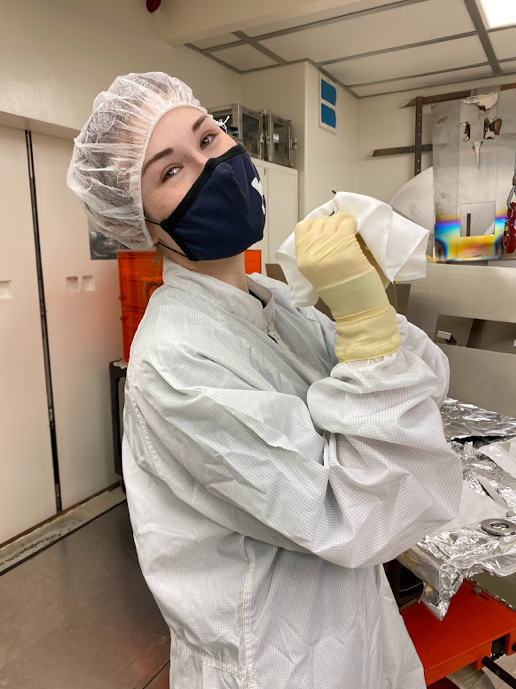
Now we’ve learned about all the cool science-y stuff that Mattie does with SPRITE and all her hard work is important, but how did she get to CU? Mattie grew up in rural Michigan, where she learned about science through watching documentaries with her family, but did not have much real-life exposure to scientists. Her sister, older by seven years, left home to study civil engineering and obtained a PhD in aerospace engineering, opening Mattie’s eyes! Mattie obtained undergraduate degrees at the University of Michigan (UMich) in physics and interdisciplinary astronomy. While at UMich, Mattie was involved in many extracurriculars, especially as co-chair of the Native American Student Association. In that role, she helped plan the annual Dance for Mother Earth Powwow, advocated to bring more Native students into science and worked to increase support for Native students at the university. She also did research in the Physics department with Cosmic Microwave Background (CMB) telescopes, where she learned about designing in-lab optical testing, sparking her passion for instrumentation.
While studying at UMich, Mattie scored a student co-op position at JPL, working in Spacecraft Mechanical Engineering. The position began during COVID, so Mattie figured out how to do her job remotely. Mattie worked on ‘dirty’ testing for the Perseverance rover, which landed on Mars in February 2021. ‘Dirty’ testing is literally dirty! It involved using a low temperature and pressure chamber, to simulate the conditions on Mars, where the rover arm practiced drilling into various rock types, storing samples properly, and recording where samples were stored. Mattie’s role was to write procedures for the on-site test engineers, create tools like an interactive map of sample locations in Perseverance, and perform data analysis on the test results. Mattie also ran a student presentation series at JPL to encourage collaboration and celebration of student work at JPL.
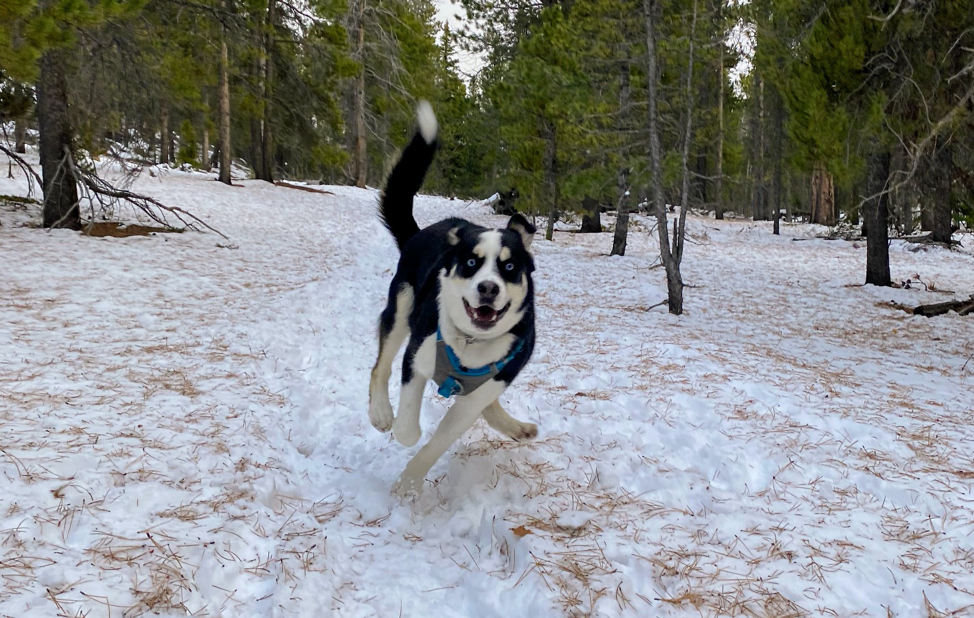
After Mattie graduated from UMich, she came here to CU in fall 2021. Since moving to Colorado Mattie has been able to enjoy her love of nature through snowboarding, hiking, and exploring with her dog, Luna! Luna and Mattie are both lovers of the mountains, trees, snow, and the off-leash adventures at the Dry Creek hiking area.

